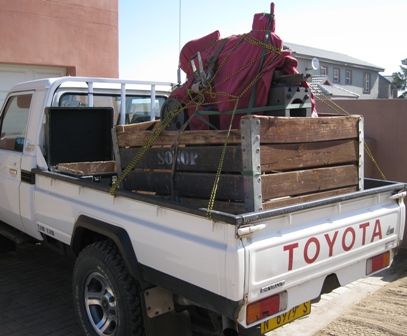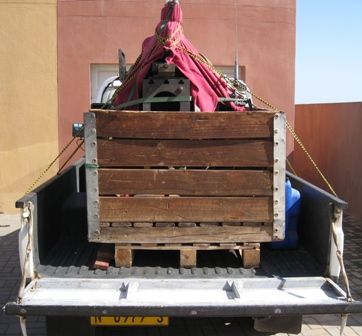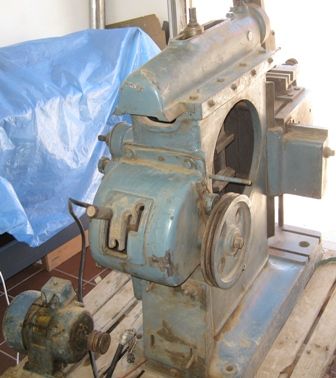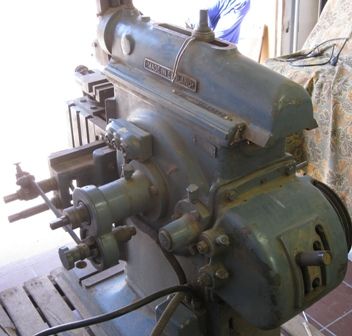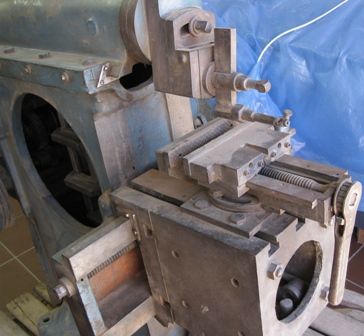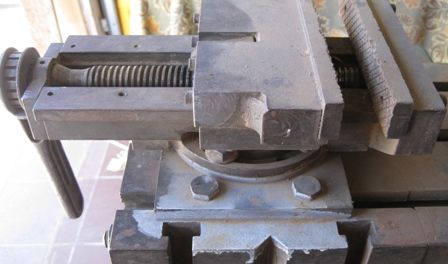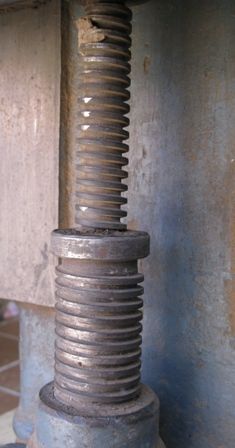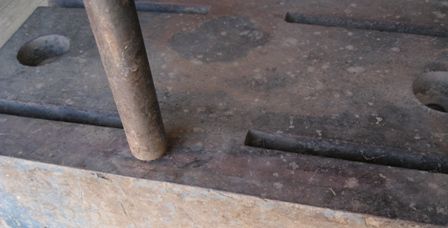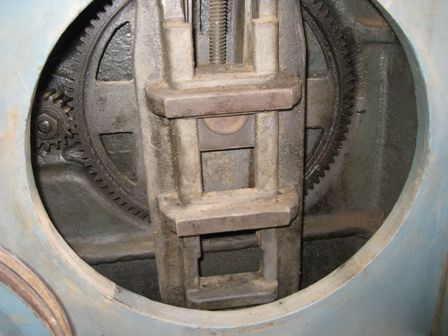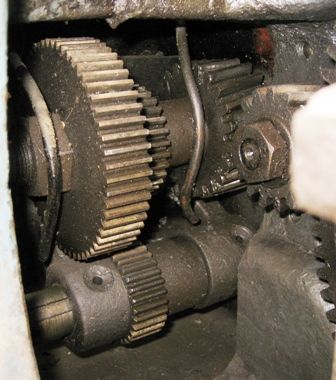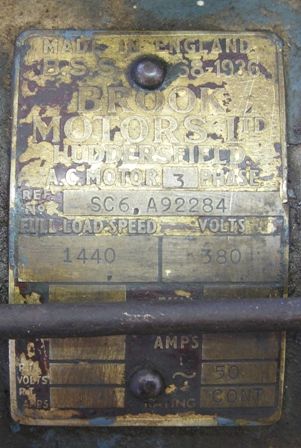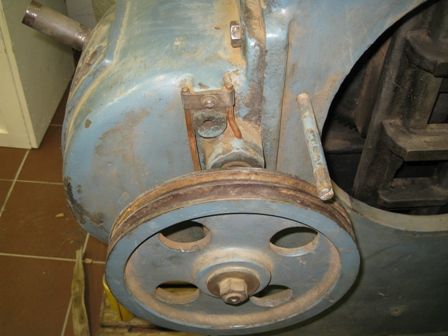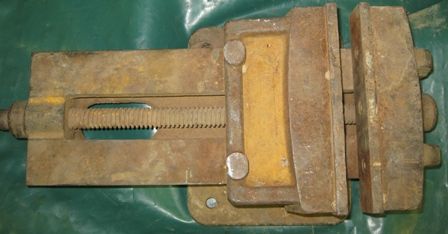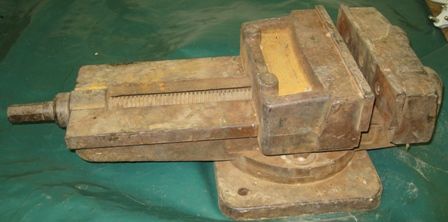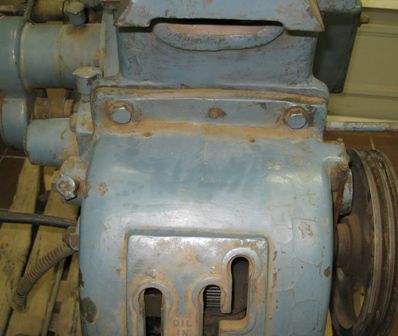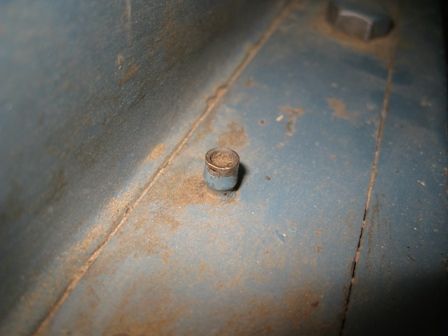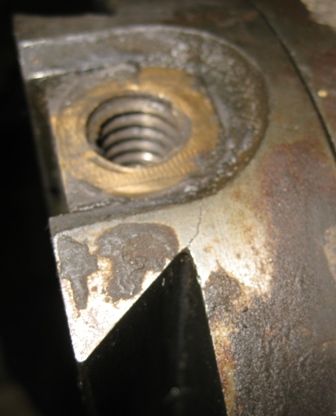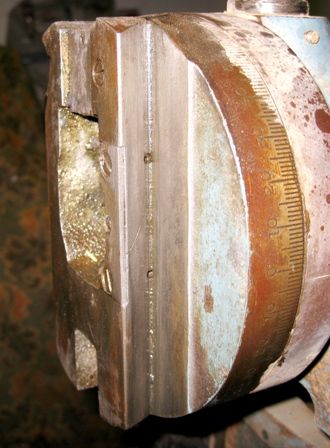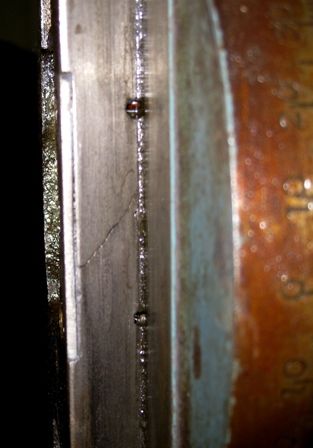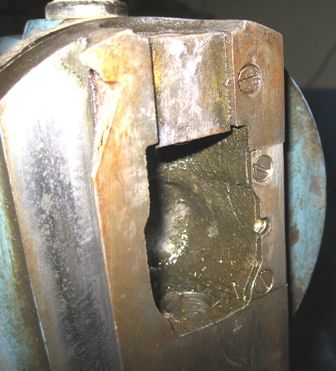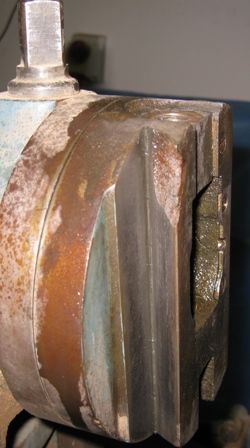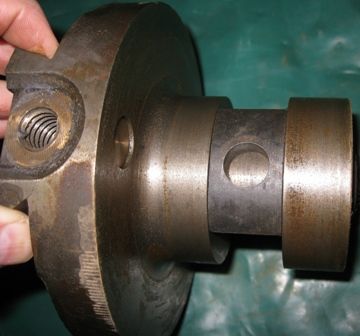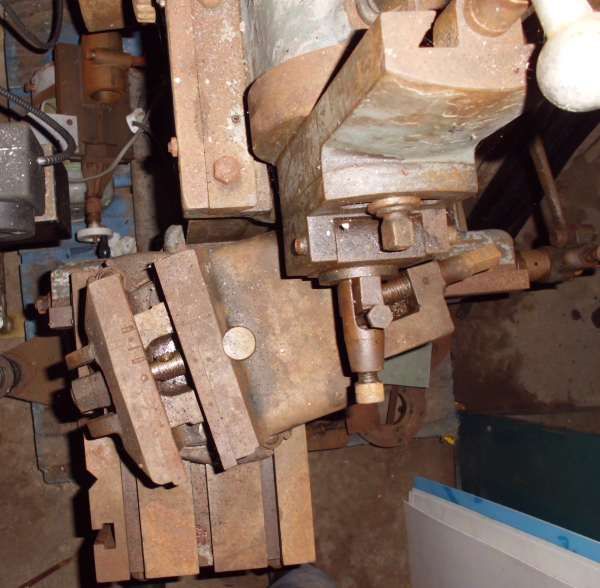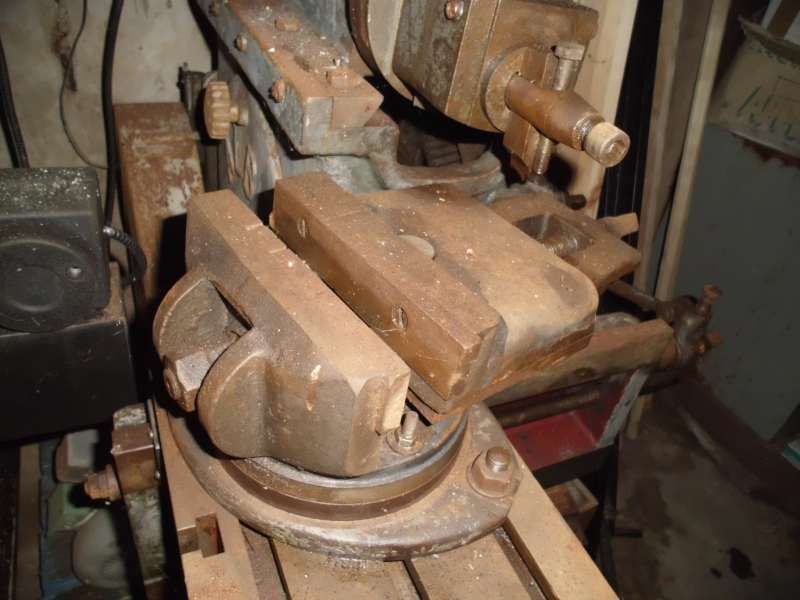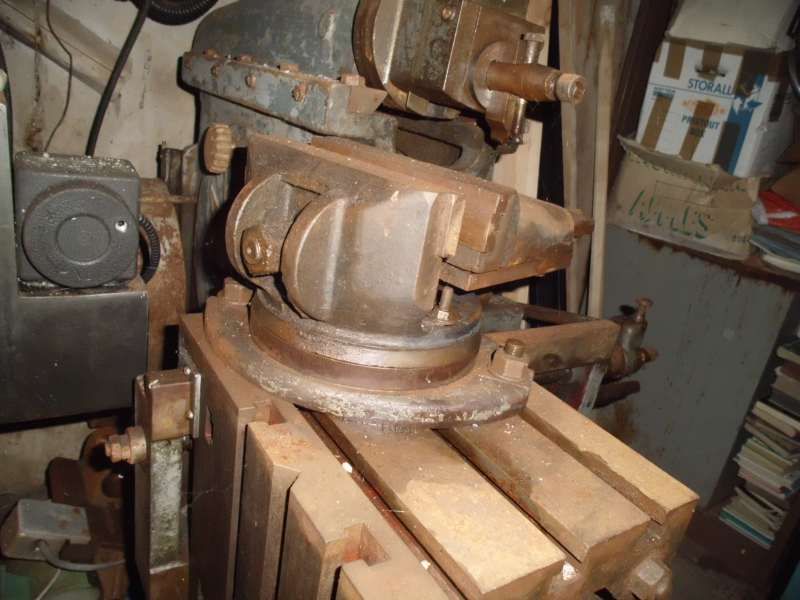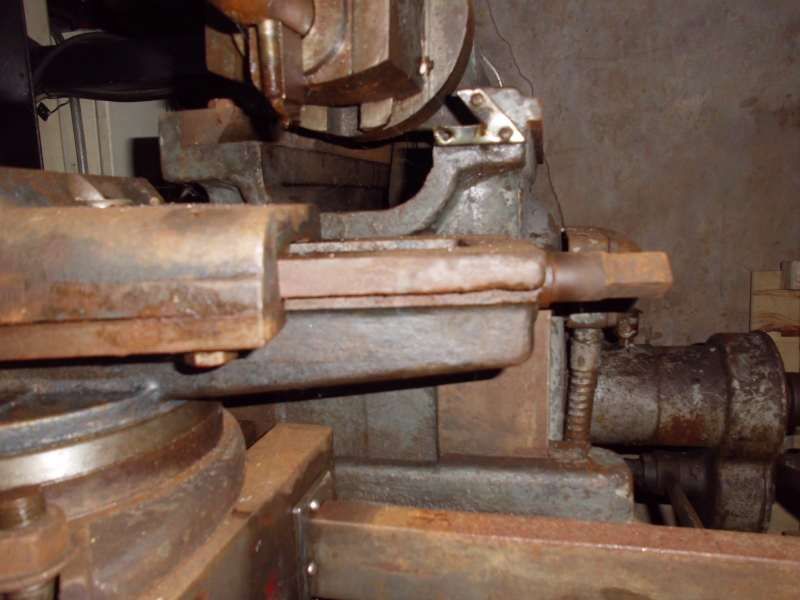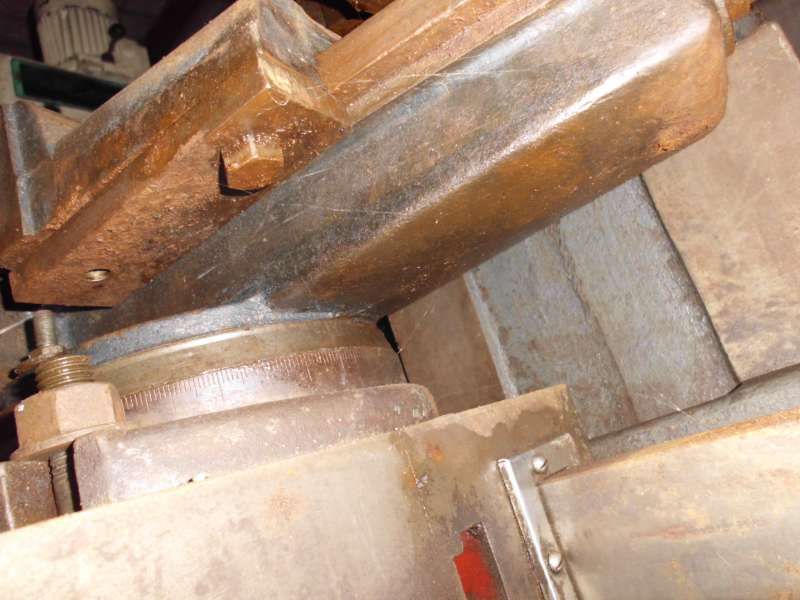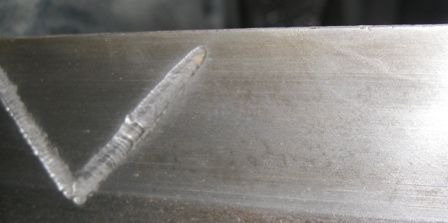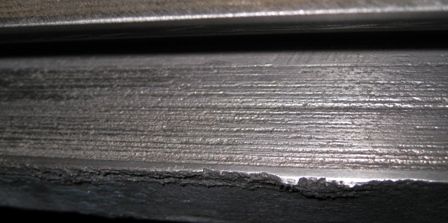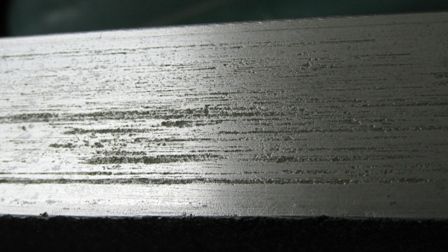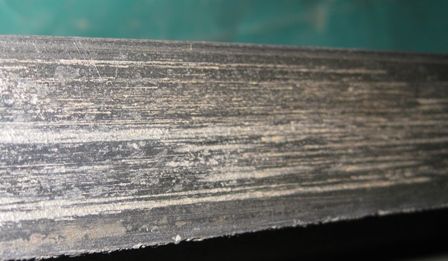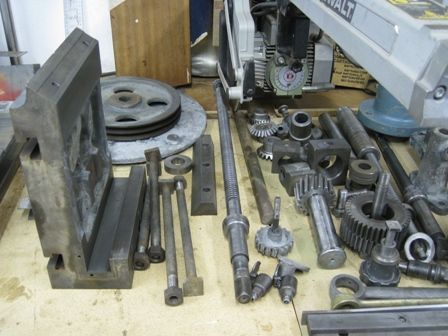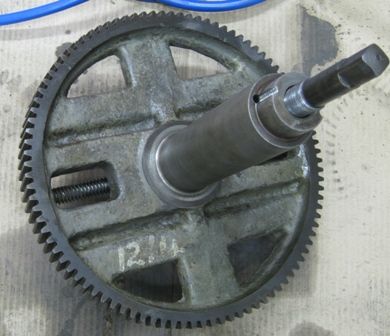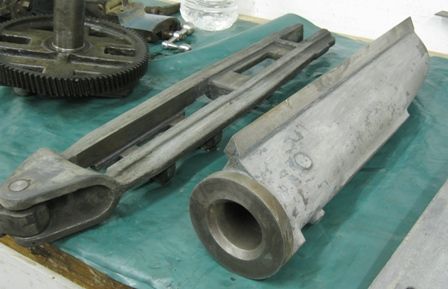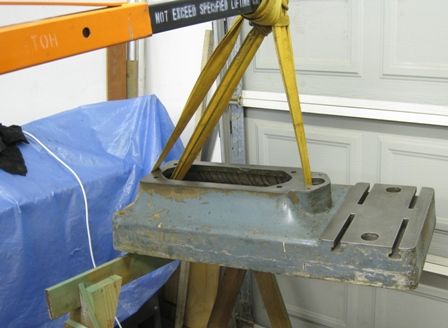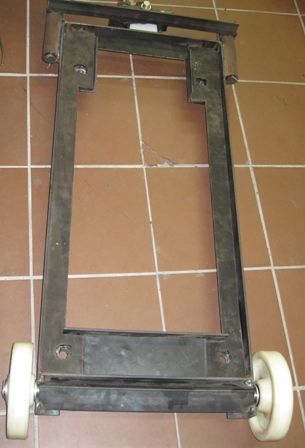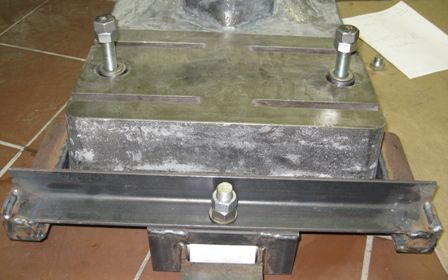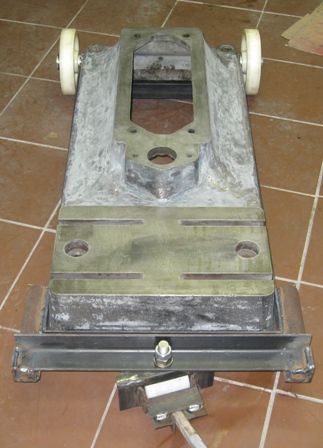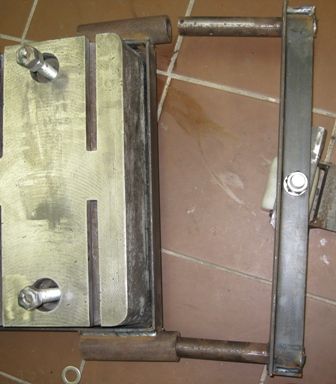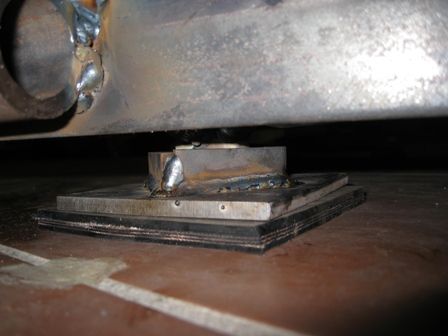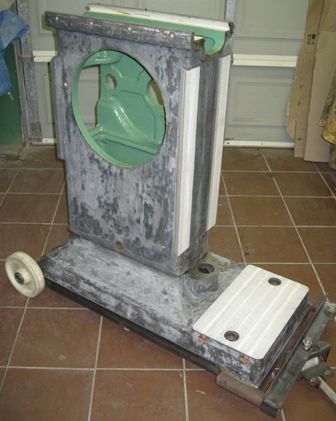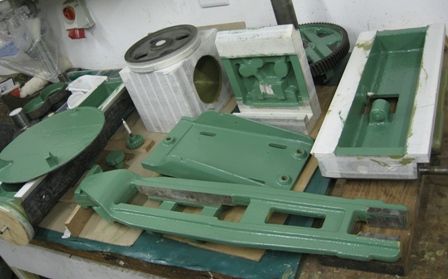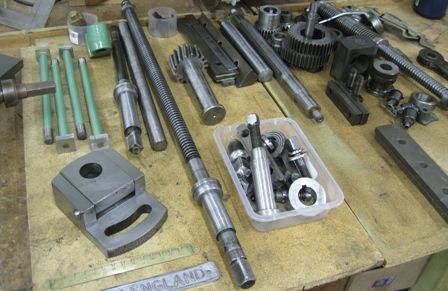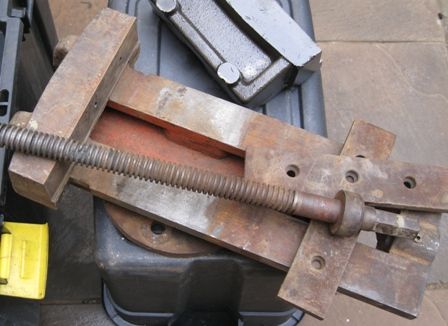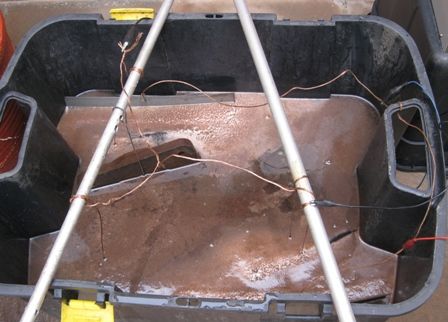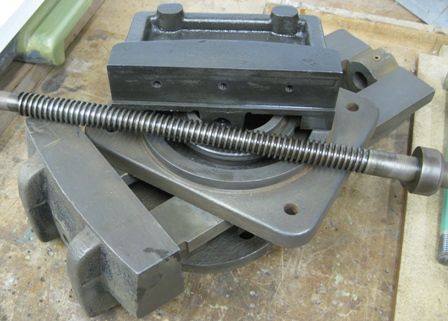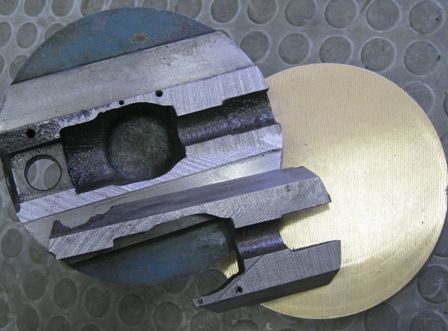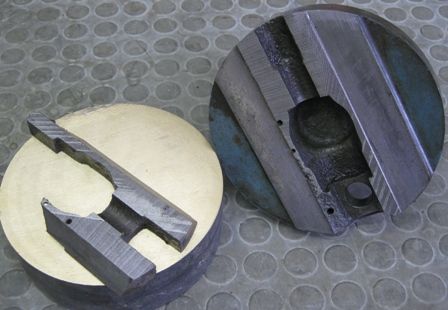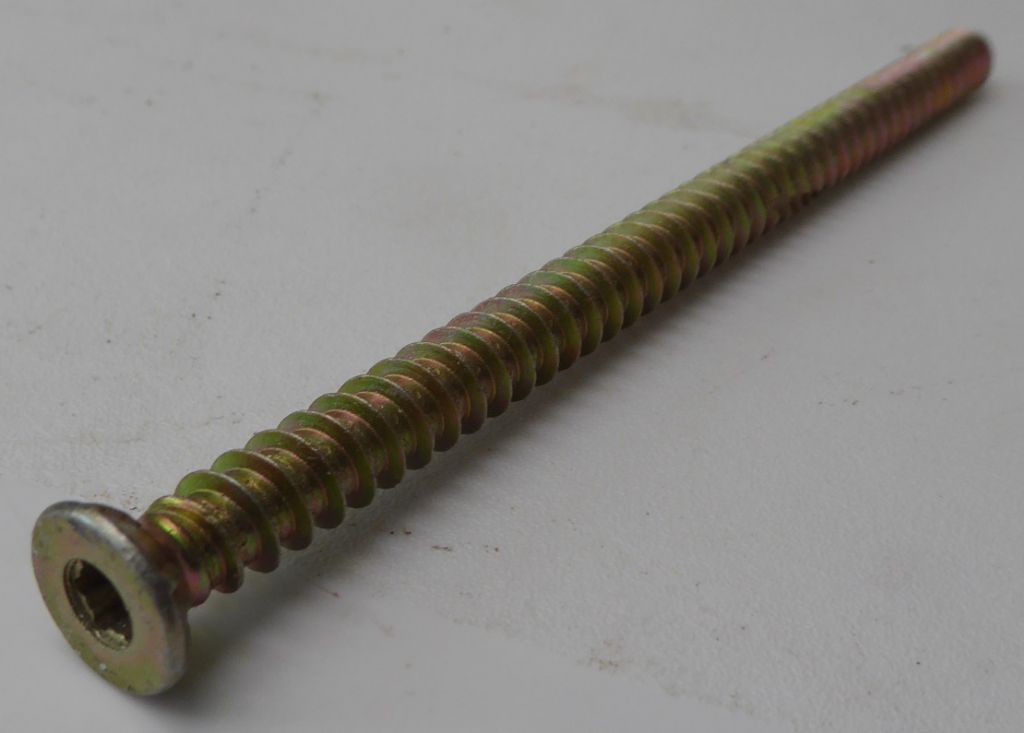I posted previously that I had found an ALBA 2S shaper in the deep South of Namibia..I did buy the shaper, and it had to do a journey of over 1200km from the Tomato farm it was located at, on the back of a Tomato shipment truck, to our Capital Windhoek. I think it was ashamed to be seen among the tomatoes, because it took a whole MONTH(!) to get from the farm to Windhoek, so I suspect it Hitch-hiked its own way.. Went to Windhoek yesterday to collect it – 380km away, and got back today.


And Yes, that's a Tomato crate…
Arranged a Forklift and got it into the workshop – must be about 800kg?


It has it's vice as well.
Ignore that 'tool-holder' that is a real 'Farm made' device…

Vice seems fine, except for chipped top edges where the diamond pattern of the jaw face seems to have chipped away. Why the diamond jaw face to start?? Surely that would mar the work?

The rest of the machine appears to be in very good nick indeed.
Slides do not seem to show any sign of wear. The table jack-screw appears unworn, as does the table cross leadscrew. Seen below, the screws appear to be coated in a dark gunge, very thin, almost like a long-dried out grease. It chips of quite easily, and under it is a bright, shiny silver screw! You can see the three bright spots where I just removed the grunge with my finger nail. Silver underneath!

The table front support rod impinges on the base as the table moves across during cross feed, but there is NO disernable groove, marking or scratches on the base under the support rod's path at all.

Bull Gear is very clean, slightly oily, and the teeth look very good. There is no visible sign of wear along the contact area between the Rocking Bracket and the Stroke Adjusting Slide. Likewise, the gears in the gearbox are slightly oily, otherwise clean, and the teeth show no wear that I can see – teeth tips are still square edged.


The motor is a 3pahse motor, 380volt, huge, but only 1HP….1.75amps at full load, it says..
Not sure what the B.S.S – 68-1936 stands for. Some British Standard?
Or is 1936 a date…?
I will probably replace the motor..

These two copper pipes are obviously for lubrication, but how? With and oil can? Or where they oil-pots attached at some time? – such as in the photos 4 from the top?

I think this machine originally sat somewhere for a very long time, covered in its protection grease, doing nothing!
I intend to strip the machine down completely , clean, sand down, paint, etc,
Now I have to go find some Imperial spanners and Sockets..
Also wish I could find a more definitive manual on this model/type – the ones I found or have been kindly provided, all are for the Elliot/Invicta series, and they differ considerably in gearbox design and implementation, as well as a number of other key areas
Joe
 Rik Shaw.
Rik Shaw.

